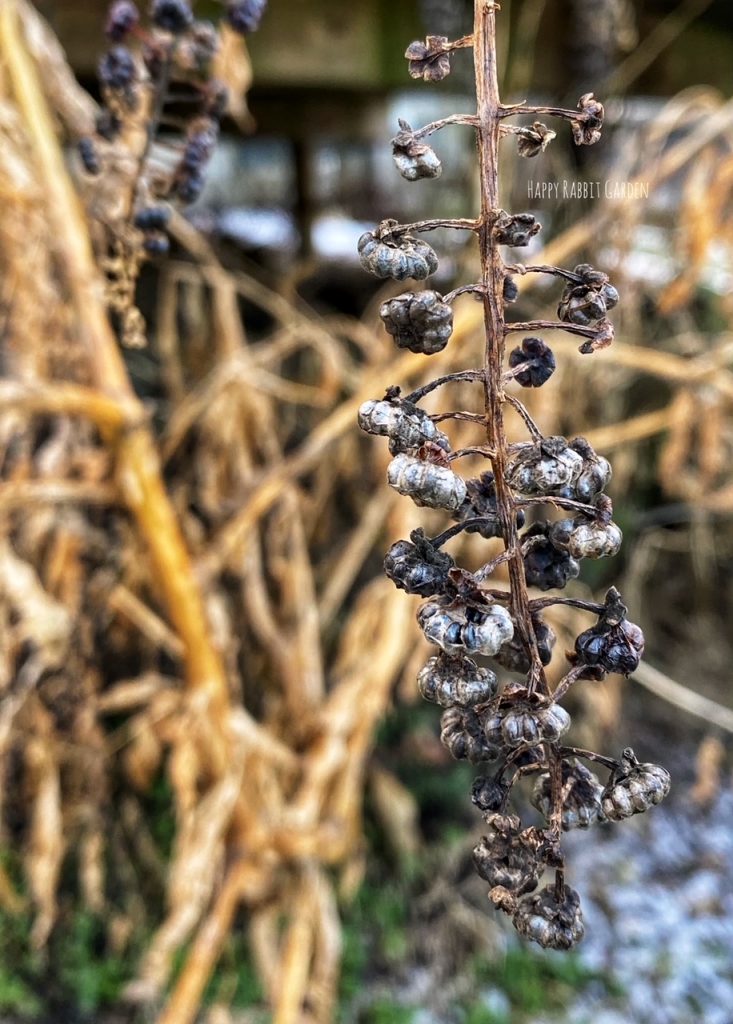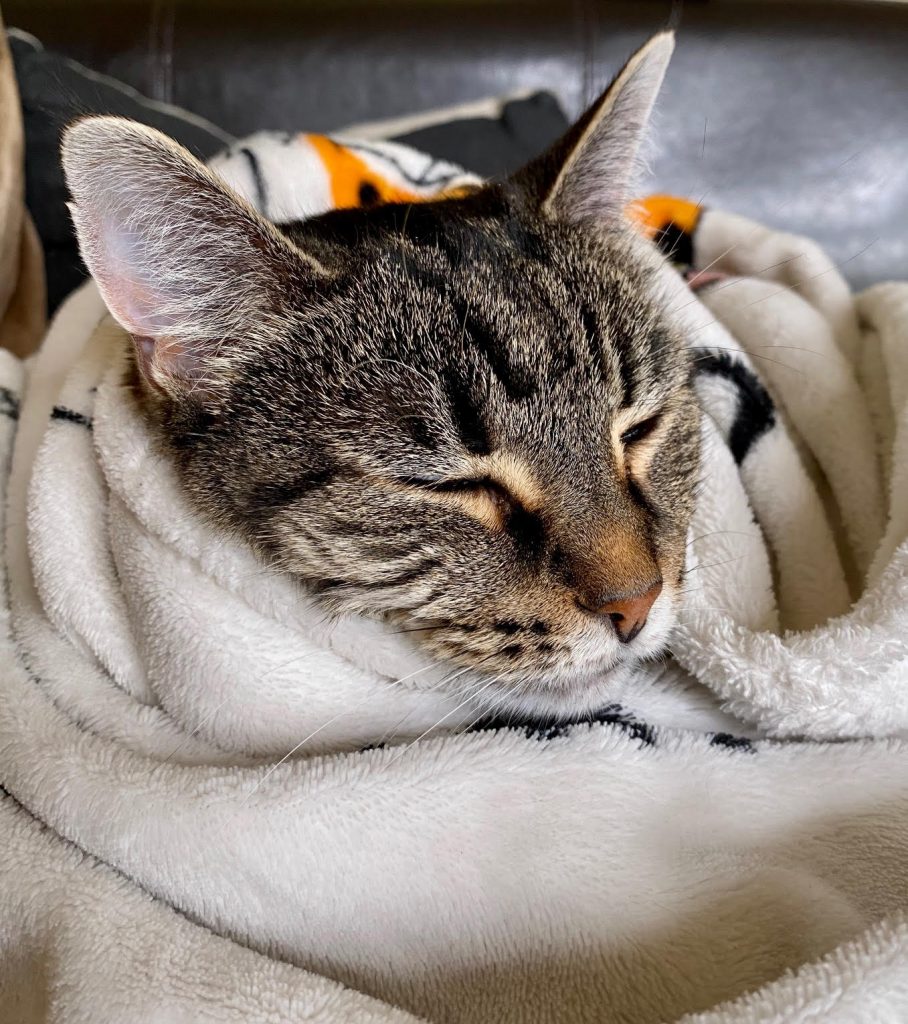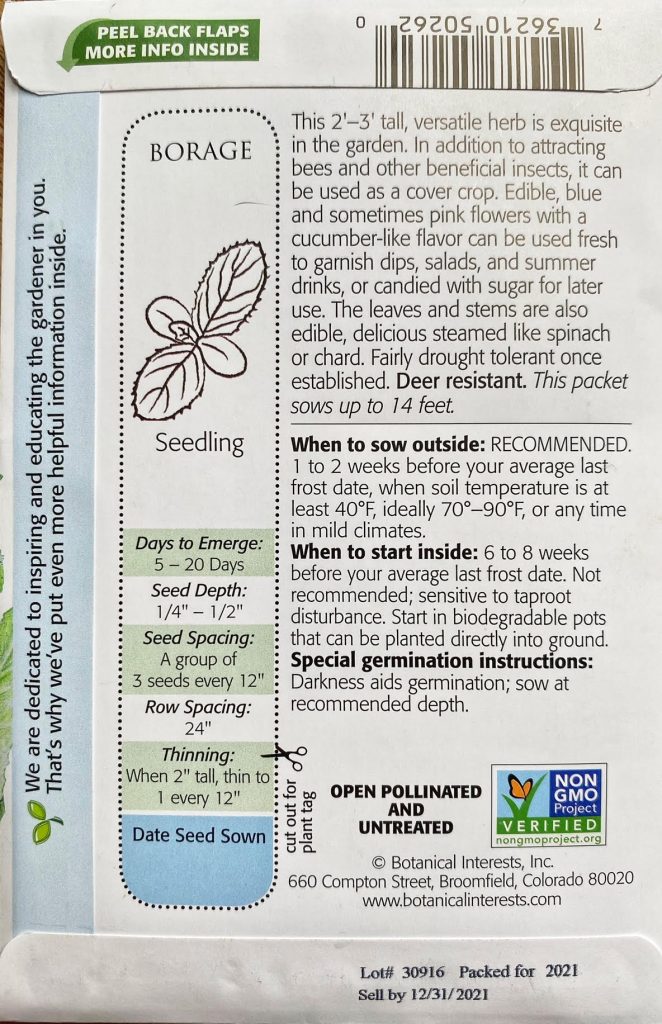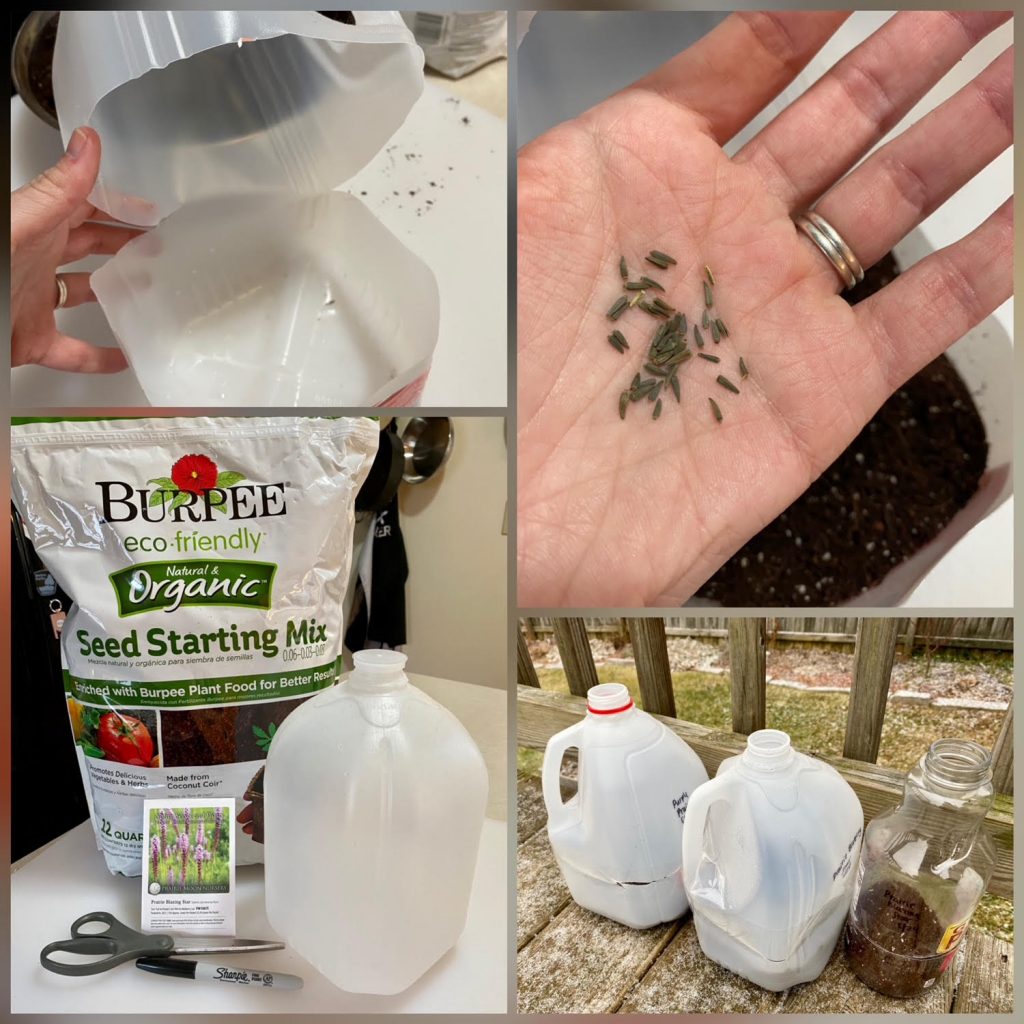
Our winter temperatures have finally arrived. We had a dusting of snow the other day, and temps dropped down into the teens and single digits a few nights. Brr! The birds devoured everything in our feeders before the temps dropped off late last week, and I’ve been enjoying checking out all their tracks in the snow. The deck railings seem to be a high traffic area for the birds, and the neighborhood cat appears to gone ice skating on the frozen pond.
When I haven’t been watching the birds hop around through the snow, I’ve been working on planting the first of this seasons seeds. January may seem an odd time for planting in Ohio, but there’s quite a few seeds that need the winter cold to properly grow. These seeds need a period of colder weather to germinate, with temperature changes and precipitation helping to break down the seeds tough outer shells.
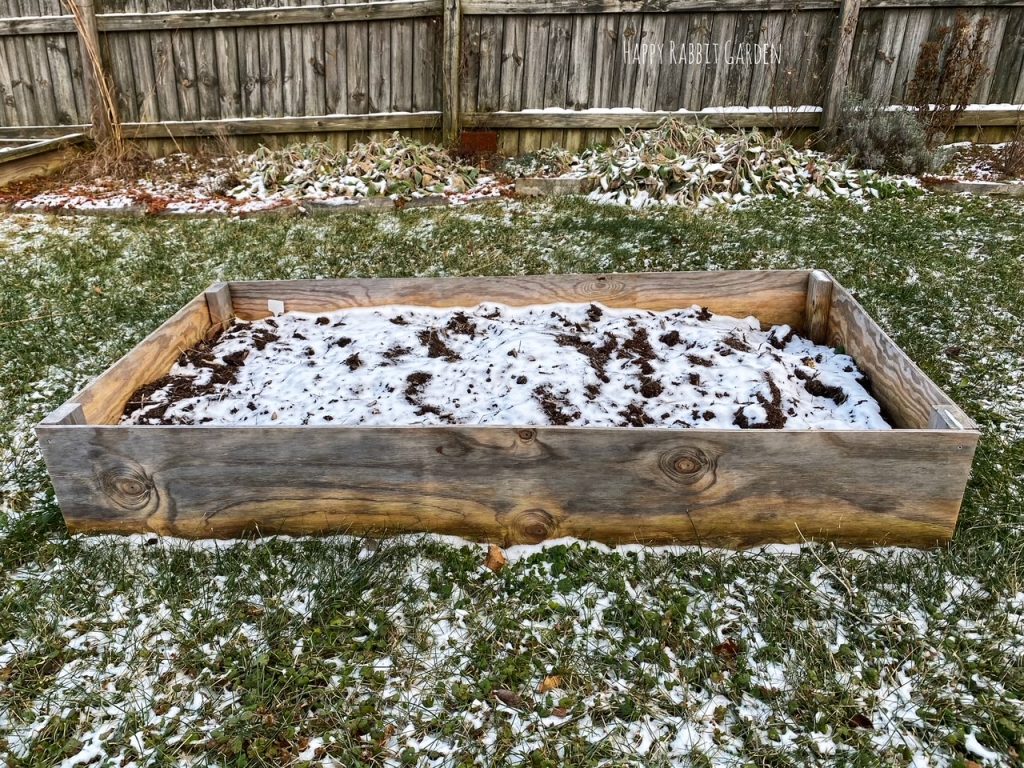
In the past, I’d put seeds in the fridge to reproduce winters conditions, but I never had much success growing anything this way. Last year, I learned about the Winter Sowing Method and I had much better luck. I described the process in a post last winter, but the basic idea is that you start your seeds that require stratification outdoors. I was able to grow a bounty of native plants from seed this way, and I decided to try it again this year. I grow these seeds in recycled milk and juice containers, with a little seed starting soil mix. The deck is already packed with containers full of prairie blazing star (Liatris pycnostachya), little blue stem (Schizachyrium scoparium), swamp milkweed (Asclepias incarnata), and purple prairie clover (Dalea purpurea). I have a bunch of native grasses to start with the rest of my recyclable collection, as well as some coneflowers.
Most of my seeds, however, won’t see soil until March. I’m going to start quite a few herbs and veggies indoors, under grow lights. And then, I have a few things that will be directly sown in the ground, like carrots and lettuce in the springtime. I’ve been scouring seed catalogues, adding entirely too many seeds to my collection. I have a few left over from last year to use up this season, in addition to quite a few that I harvested from plants. So, it’s going to be a busy spring, is what I’m getting at!
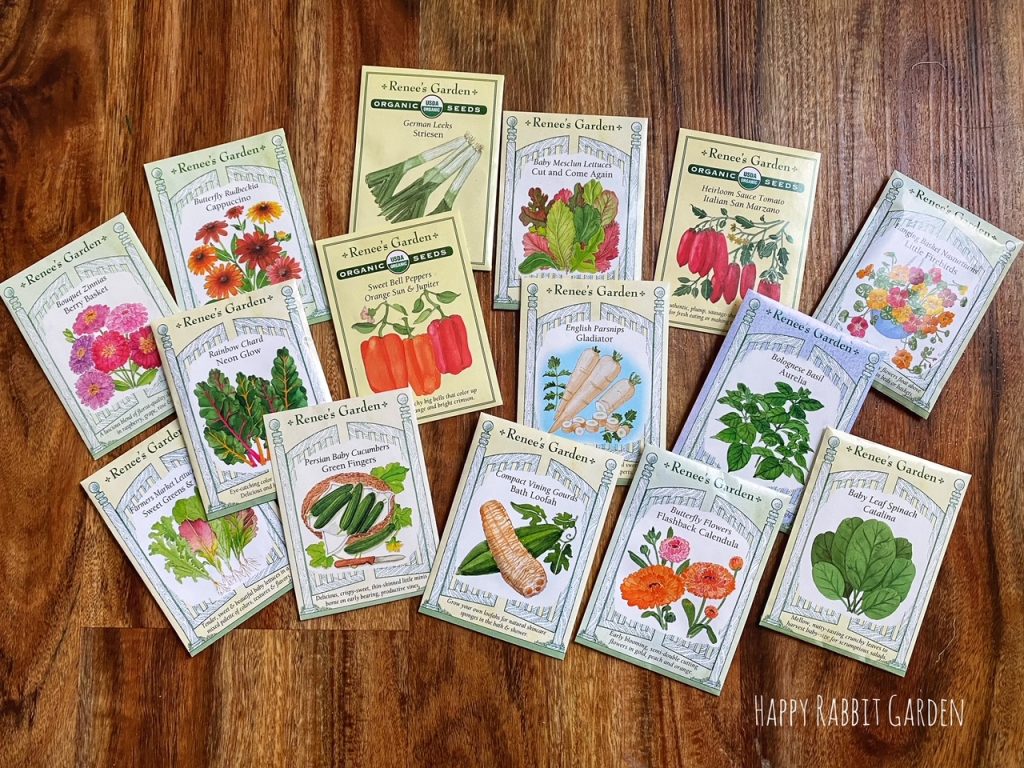
Along with planting too many seeds, I just started my Master Gardener Volunteer classes this past Friday! Thankfully, in addition to my gardening addiction, I’m also quite a fan of notebooks, pens, and highlighters, because we’ve been given a ton of materials to study. The first class gave an overview of the Master Gardener program, from its history to all the great work Master Gardeners are doing in our community. Next, we learned about soil, what makes it such an important resource, how and why it’s important to test it, and how and what to add to it to help plants grow. I remained overwhelmed with gratitude that I managed to skip Organic Chemistry in college when “Soil Cation Exchange Capacity” was brought up… if you ever want to make your head spin, give that little ditty a Google…

After learning about the ins and outs of soil, we covered the Scientific Classification System, scientific names for plants, and had a plant biology overview. There’s so much to learn, and I’m excited to be a part of the program. I imagine by the time classes wrap up in mid-March, I will be a fount of planty know-how!
I think that wraps things up for this first few days of January. I hope to spend time this week doing a bit more winter sowing, and I ought to get all my seeds organized so I can figure out the order of operations for this years planting. Hope you’re staying warm and healthy. Happy gardening!
